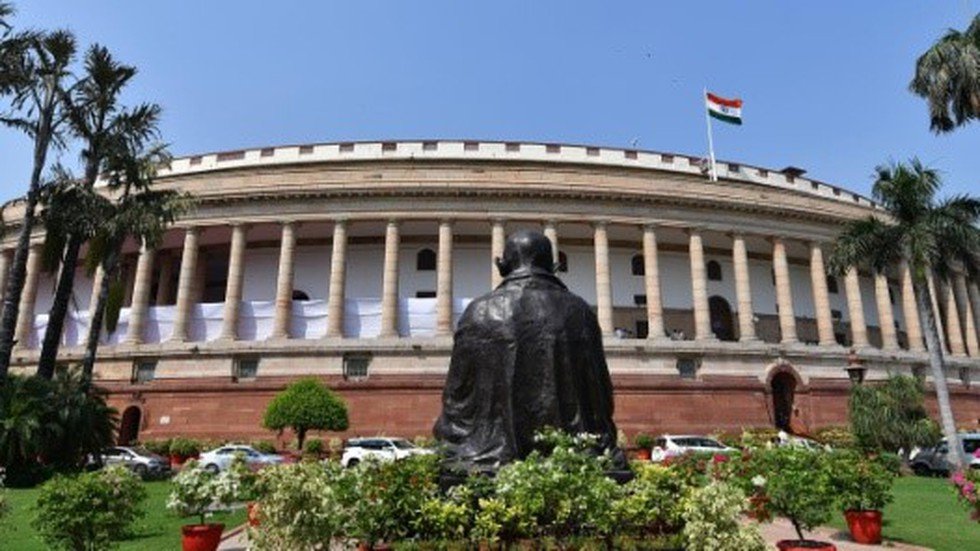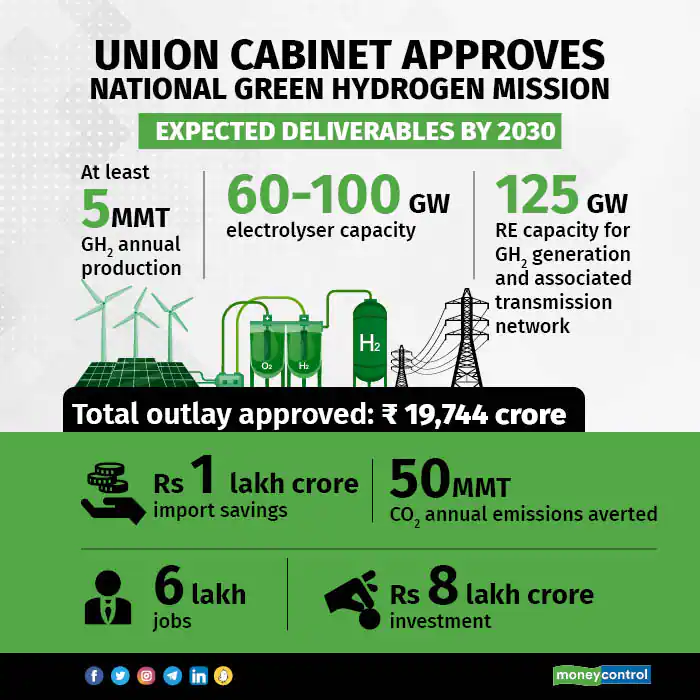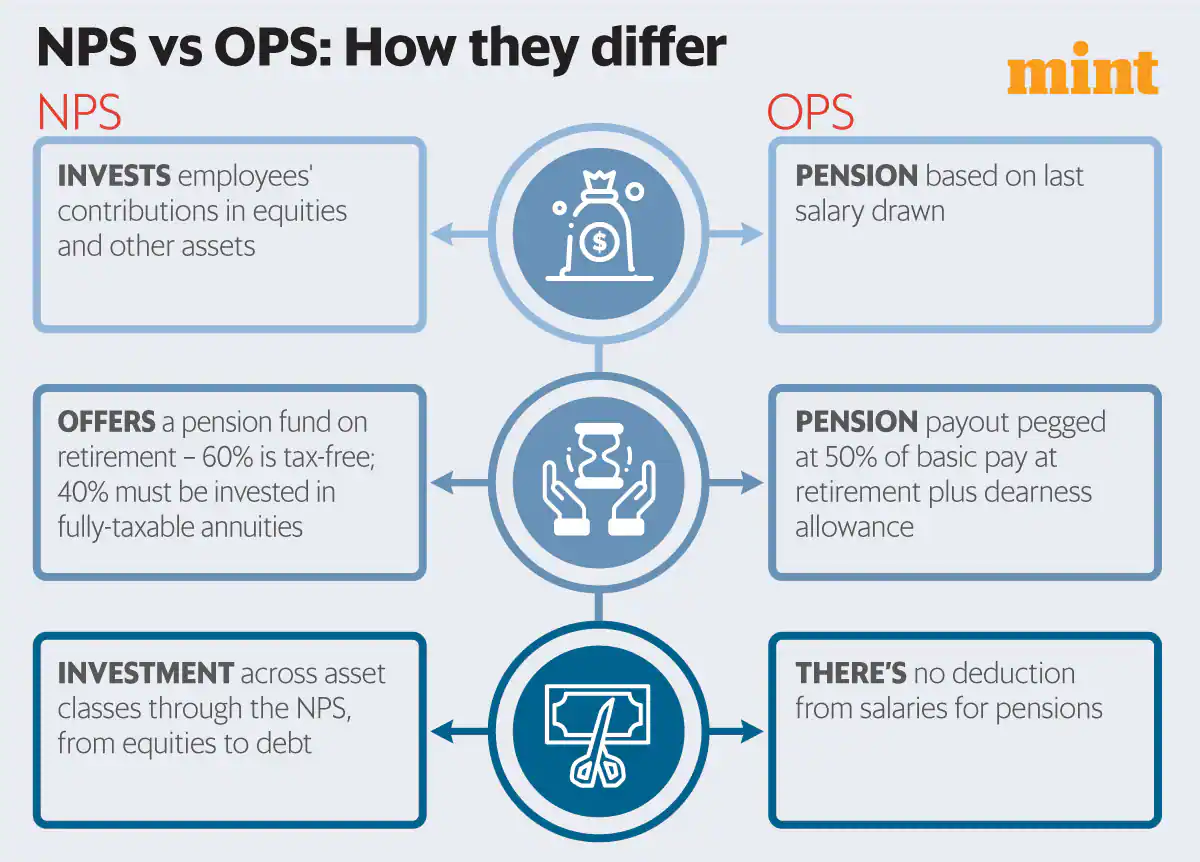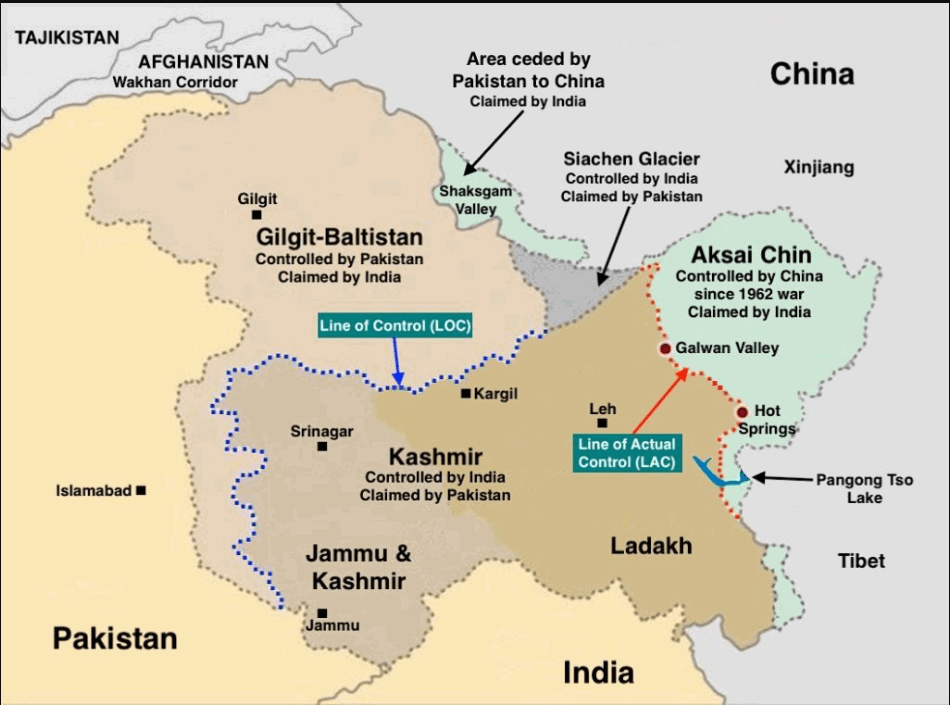
Growing trade deficit with China
Subscribers of "Current Affairs" course can Download Daily Current Affairs in PDF/DOC
Subscribe to Never Miss an Important Update! Assured Discounts on New Products!
Must Join PMF IAS Telegram Channel & PMF IAS History Telegram Channel
- Context (TH): China’s share of India’s industrial goods imports has risen from 21% to 30% over 15 years, according to a report by the Global Trade Research Initiative (GTRI).
- GTRI defined industrial goods by excluding agriculture, minerals, petroleum and jewellery products.
- India’s imports from China crossed $101 billion in 2023-24 from about $70 billion in 2018-19.
- Goods imports from China have risen 2.3 times faster than India’s total imports over 15 years.
- China is the top supplier in eight major industrial sectors, including machinery, chemicals, pharmaceuticals, and textiles.
- It is contrary to popular perception that Chinese imports are high only in the electronics sector.
China’s share in India’s imports
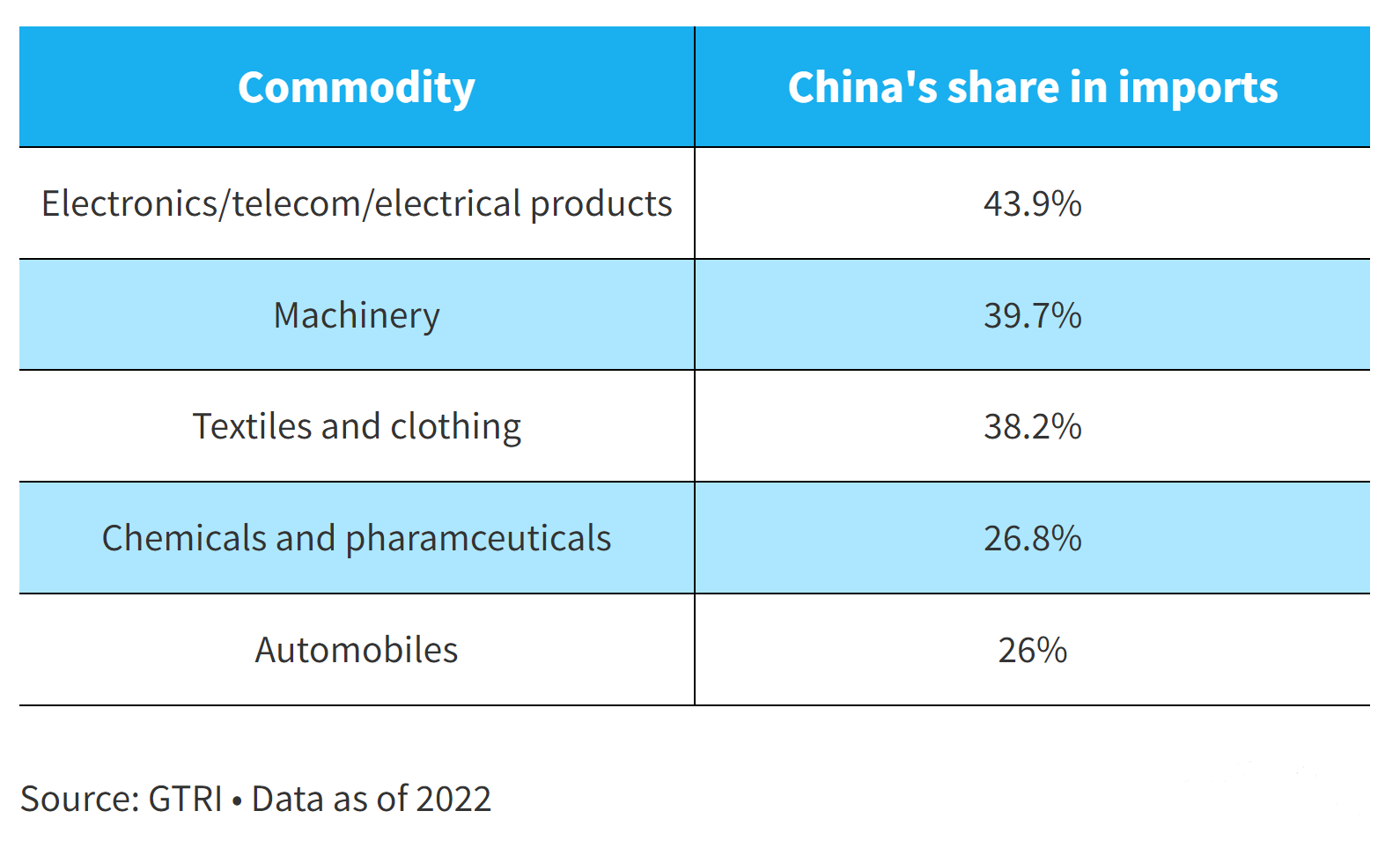
- India’s total merchandise imports stood at $677.2 billion in 2023-24, of which 15%, or $101.8 billion, were sourced from China.
- Iron, steel, and base metal imports showed a lower dependence on China, with just a 17.6% share of inflows coming from the neighbouring nation.
- Half of the imports from China consist of capital goods and machinery, indicating a critical need for focused research and development in this area.
- Intermediate goods like organic chemicals, Active Pharmaceutical Ingredients, and plastics, which represent 37% of imports, show a pressing need for upgrading these industries.
- In 2005, India exported $10 billion worth of goods to China and enjoyed a trade surplus with its neighbour between 2003 and 2005.
- After 2005, Chinese goods dominated trade flows, steadily magnifying the trade deficit for India.
Reasons behind the trade deficit
- A narrow basket of commodities, mostly primary, that India exports to China.
- Market access impediments for most Indian agricultural products and the competitive sectors, such as pharmaceuticals, IT/ITES, etc.
- The domestic industry, especially in the pharmaceutical sector, opposes the removal of concessions on customs duties from China. The solar energy and toy industries also opposed similar moves.
- Even the Production-Linked Incentive (PLI) scheme may have a significant Chinese presence with Chinese supply chain partners and service providers.
Strategic Implications
- Implications are ‘profound’ and affect not only economic but national security dimensions.
- Stimulating domestic industries and reducing dependency on single-country imports, especially from a geopolitical competitor like China, is necessary.
- Impact on geoeconomics: The use of economic instruments to promote and defend national interests and to produce beneficial geopolitical results by China can not be ruled out.
- Weaponisation of economy: The German think tank Mercator Institute for China Studies identified around 130 cases of coercive behaviour by China from 2010 to June 2023.
- For example, last year, China suspended imports of Japanese seafood following the release of treated wastewater from the Fukushima nuclear power plant.




![PMF IAS Environment for UPSC 2022-23 [paperback] PMF IAS [Nov 30, 2021]…](https://pmfias.b-cdn.net/wp-content/uploads/2024/04/pmfiasenvironmentforupsc2022-23paperbackpmfiasnov302021.jpg)
